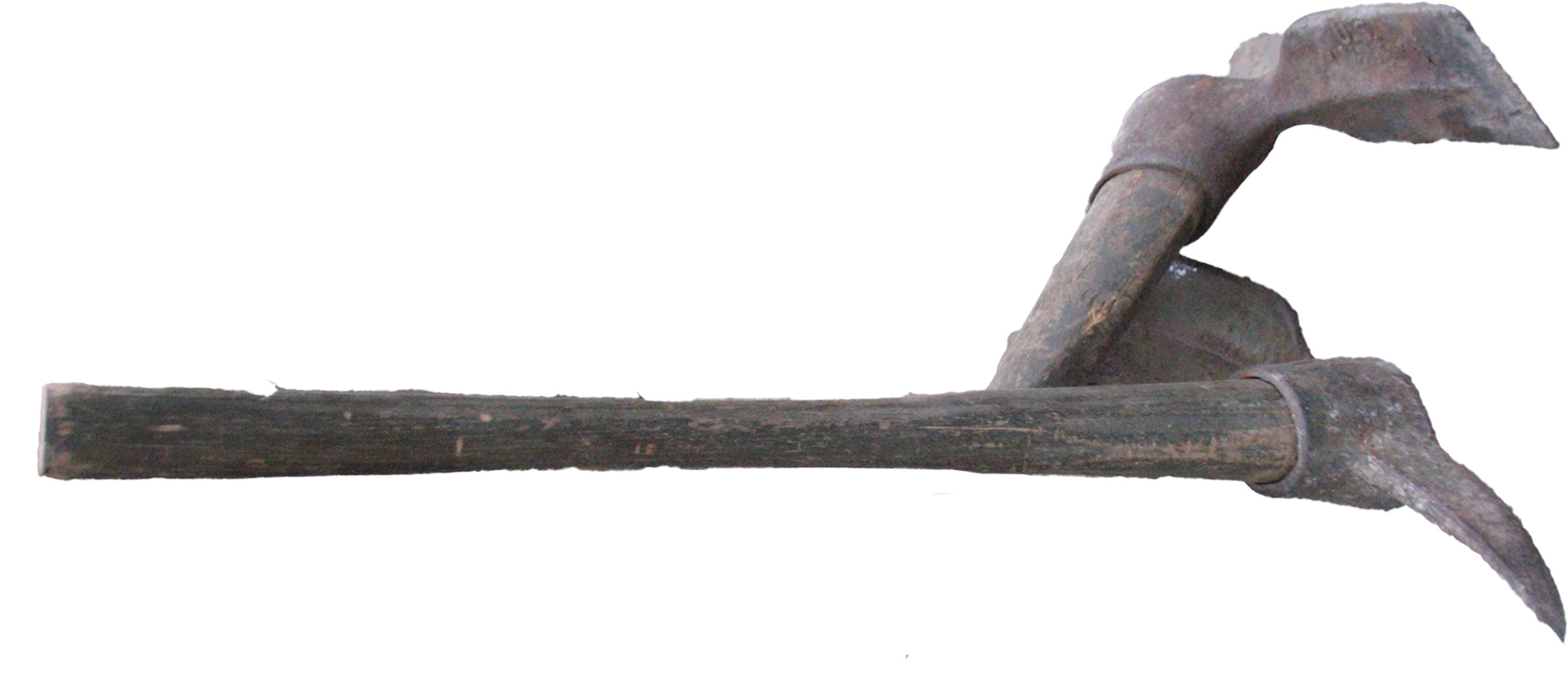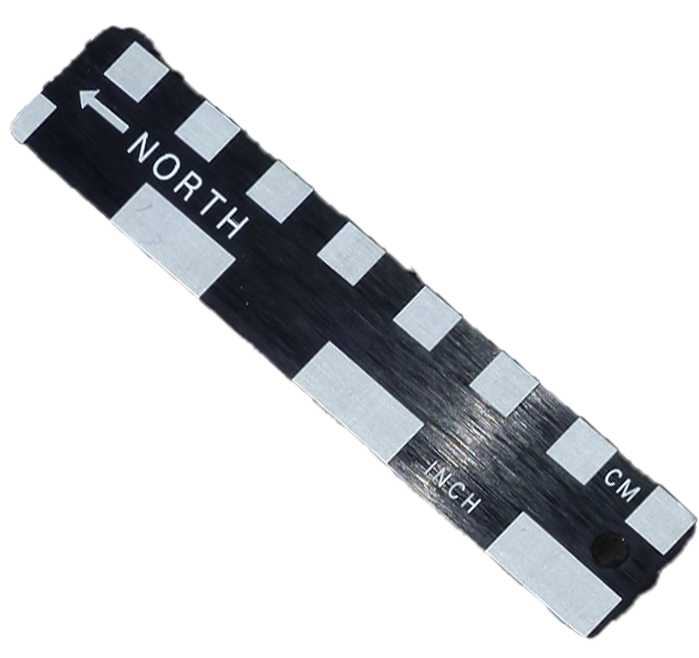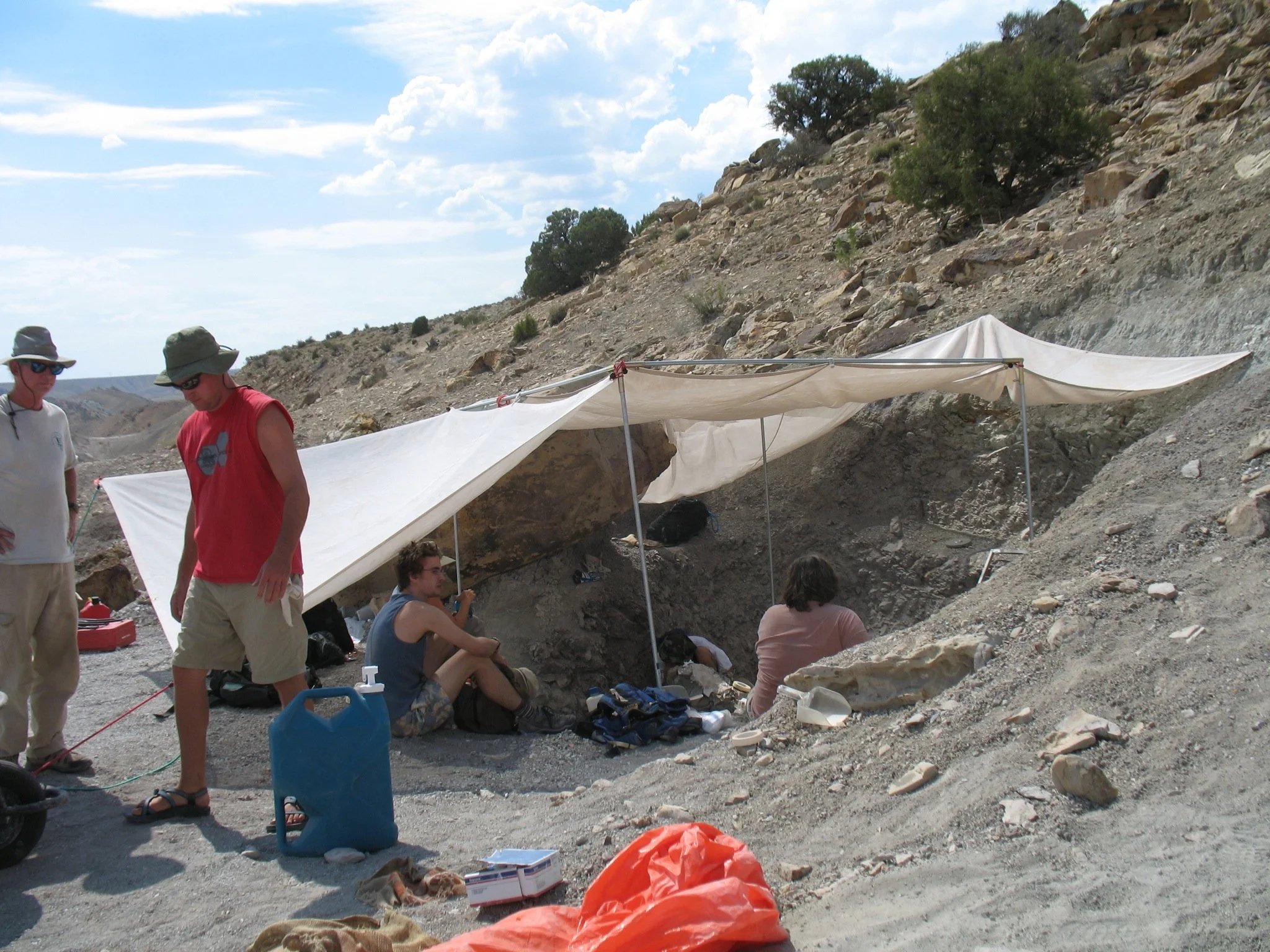Our Goals
The Uinta Basin Project’s long-term goal is to understand and describe the possible impacts of the global climate events of the Middle Eocene Climatic Optimum (MECO) on the local mammals of the Uinta Basin Formation and Duchesne River Formations, the type formations for the Uintan and Duchesnean North American Land Mammal Ages (NALMAs). It is important to understand how these fossil records show us the effects on the evolution and diversity of the local mammals, particularly to explore a debated hypothesis that climate change was a major driver in the evolution of middle Eocene North American mammals.
The barriers that prevent us from getting to our goals of understanding evolution-climate effects in North America are two major gaps in knowledge.
1. A single stratigraphic section spanning the geological record in the Uinta Basin.
2. An inconsistent fossil record for the biota of the Uintan and Duchesnean NALMAs.
This goal is a continuation of our previous research of the past 15 years, where we have identified the best method for collecting fossils in this area and as well as measuring the stratigraphic section of this region’s relatively undiscovered geology of the middle Eocene. Our well-honed system of collecting along with the search for geologic information works in tandem with other fields (e.g. isotope geochemistry, palynology, and niche structure analysis) and will be our methodology for carrying out our long-term goals.
If we are successful in our research, we can use these past patterns of climate change effects on mammals to develop models to predict the impacts of the current climatic crisis on our modern mammals. In addition, this can illuminate inconsistencies and knowledge gaps that have exacerbated middle Eocene scholars and complete the model of global warming’s relationship to terrestrial organisms. These include questions such as: Does diversification occur in the Uinta Basin and Duchene NALMAs, and if it does– how does it occur and how does it compare or contrast to the pattern of extinction? How do specific ecological niches of the Uintan and Duchesnean NALMAs thrive or decline and do they react differently from taxa to taxa?
Along with the project-specific long-term goals of the science, we hope to carry out our broader impact goals of allowing this paleontology information to become more available and accessible to the public and K-12 students.





